Entry Category: Recreation and Sports
 Dan Bunten
Dan Bunten
Burgess, Franklin
 Brandon Burlsworth Ad
Brandon Burlsworth Ad
 Brandon Burlsworth
Brandon Burlsworth
Burns Gables
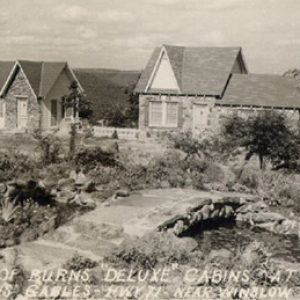 Burns Gables Cottages
Burns Gables Cottages
 Burns Gables Exterior: 2010
Burns Gables Exterior: 2010
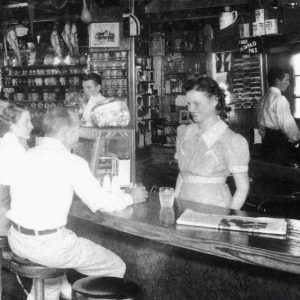 Burns Gables Interior
Burns Gables Interior
 Burns Gables Interior
Burns Gables Interior
 Burns Gables Interior: 2010
Burns Gables Interior: 2010
 Burns Gables: ca. 1953
Burns Gables: ca. 1953
Burns Park
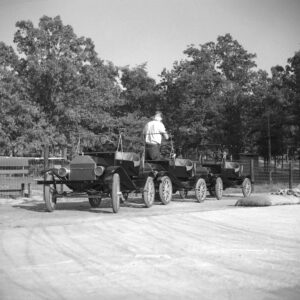 Burns Park Cars
Burns Park Cars
 Burns Park Trails
Burns Park Trails
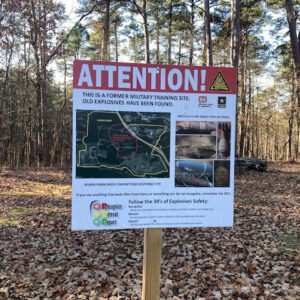 Burns Park Warning
Burns Park Warning
 Button Display
Button Display
 C. W. Lewis Stadium
C. W. Lewis Stadium
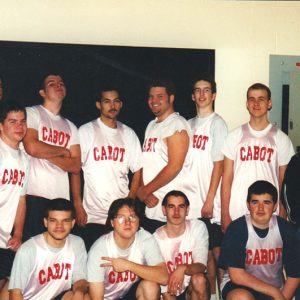 Cabot Basketball Team
Cabot Basketball Team
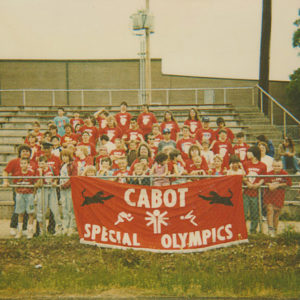 Cabot Team
Cabot Team
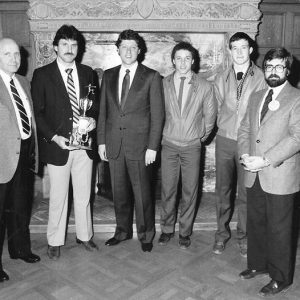 Cabot Team Recognition
Cabot Team Recognition
Cabotfest
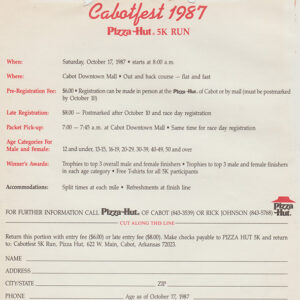 Cabotfest Form
Cabotfest Form
 Cabotfest Raffle
Cabotfest Raffle
 Cabotfest; 1980
Cabotfest; 1980
 Caddo Indian Memorial
Caddo Indian Memorial
Calico Rock Museum and Visitor Center
 Gabby Calvin
Gabby Calvin
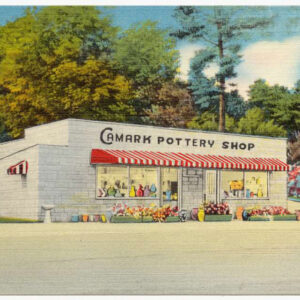 Camark Postcard
Camark Postcard
Camden Daffodil Festival
 Camden Masonic Lodge
Camden Masonic Lodge
 Camden Parade
Camden Parade
 Cameron Bluff
Cameron Bluff
Camp Joyzelle
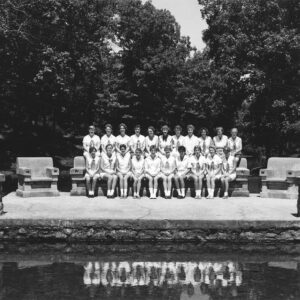 Camp Joyzelle Counselors and Campers
Camp Joyzelle Counselors and Campers
Camp Ouachita National Historic District
Camp Ozark
 Camp Tahkodah
Camp Tahkodah
Campbell-Brown, Veronica
Campbell, Leon “Muscles”
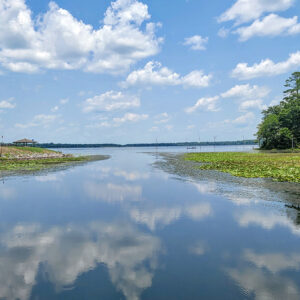 Cane Creek Lake
Cane Creek Lake
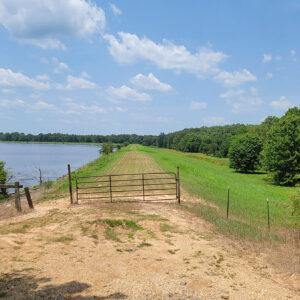 Cane Creek Levee
Cane Creek Levee
 Cane Creek State Park
Cane Creek State Park
Cane Creek State Park
 Cane Creek Visitor Center
Cane Creek Visitor Center
 Capital Citizens' Council Anti-integration Flyer
Capital Citizens' Council Anti-integration Flyer
 Caraway Masonic Lodge
Caraway Masonic Lodge
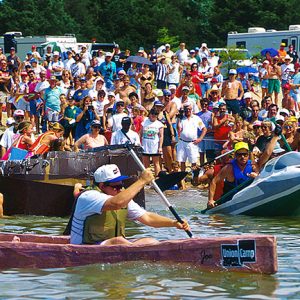 Cardboard Boat Race
Cardboard Boat Race
 CAREN Board
CAREN Board
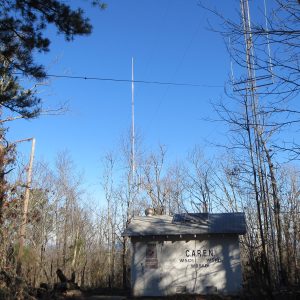 CAREN Building
CAREN Building




